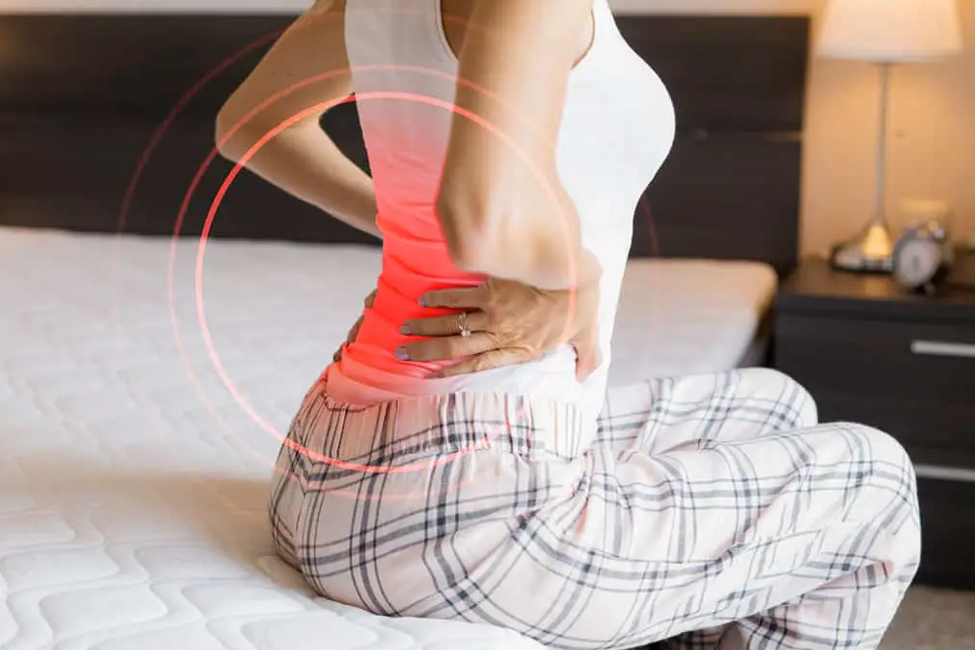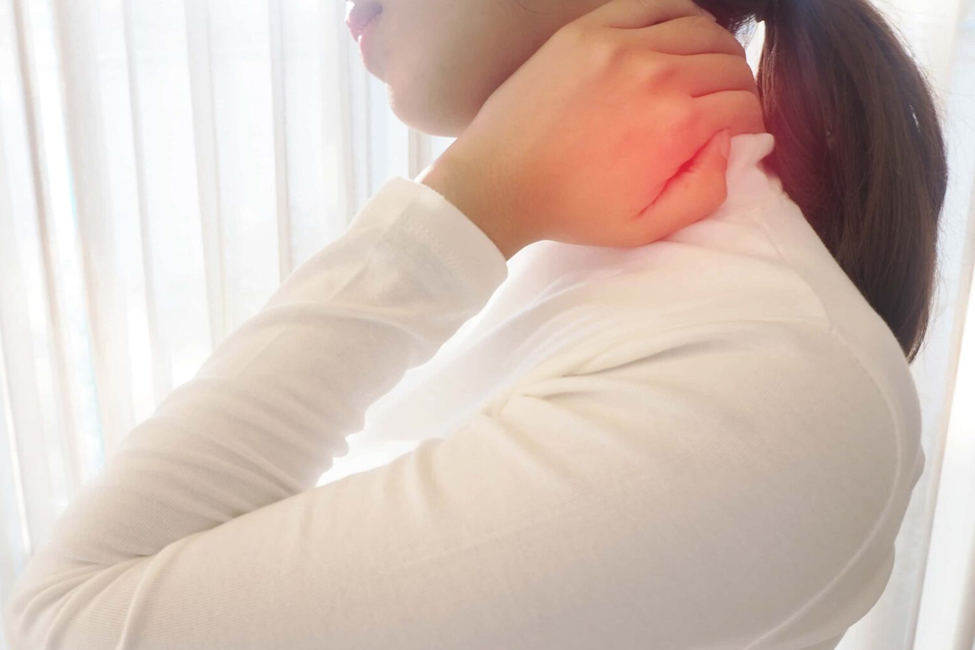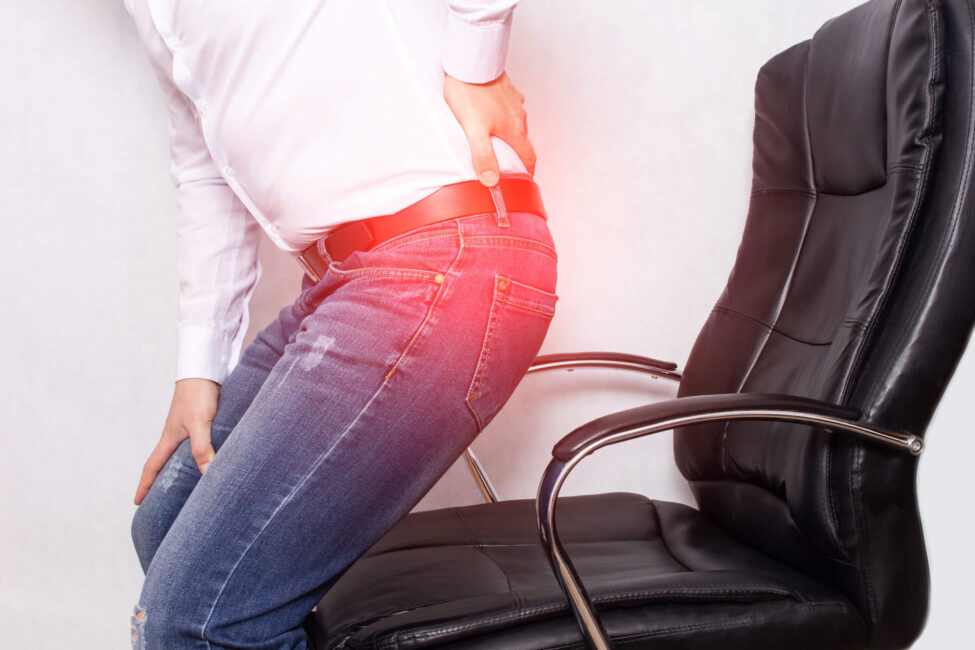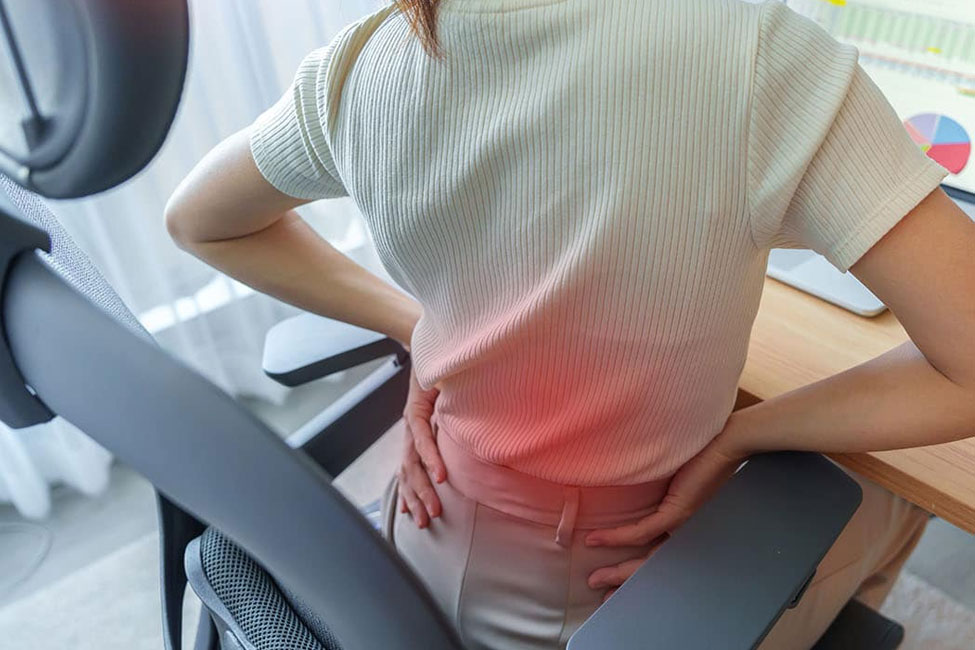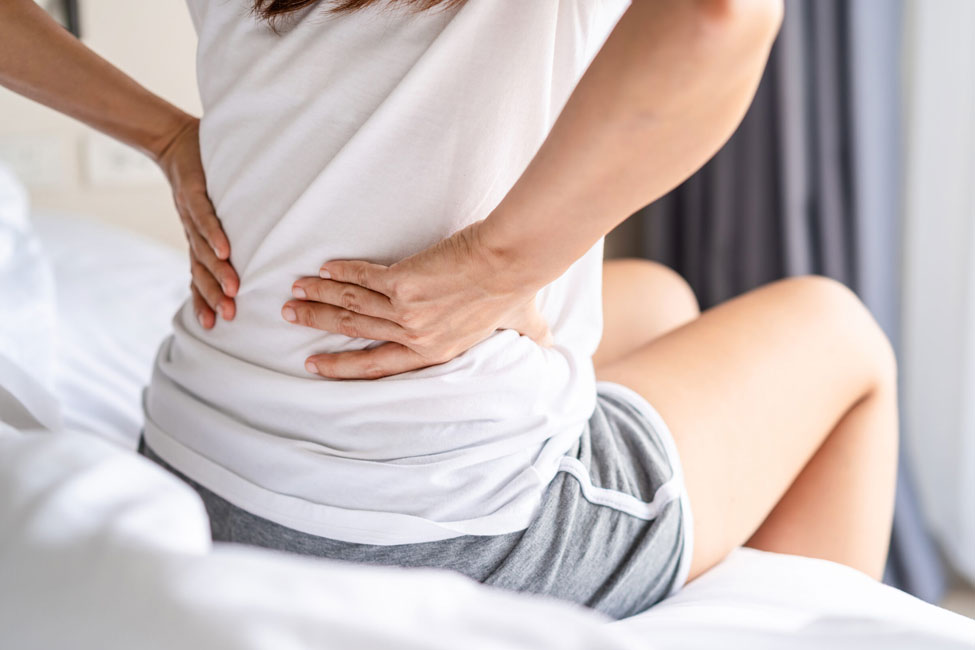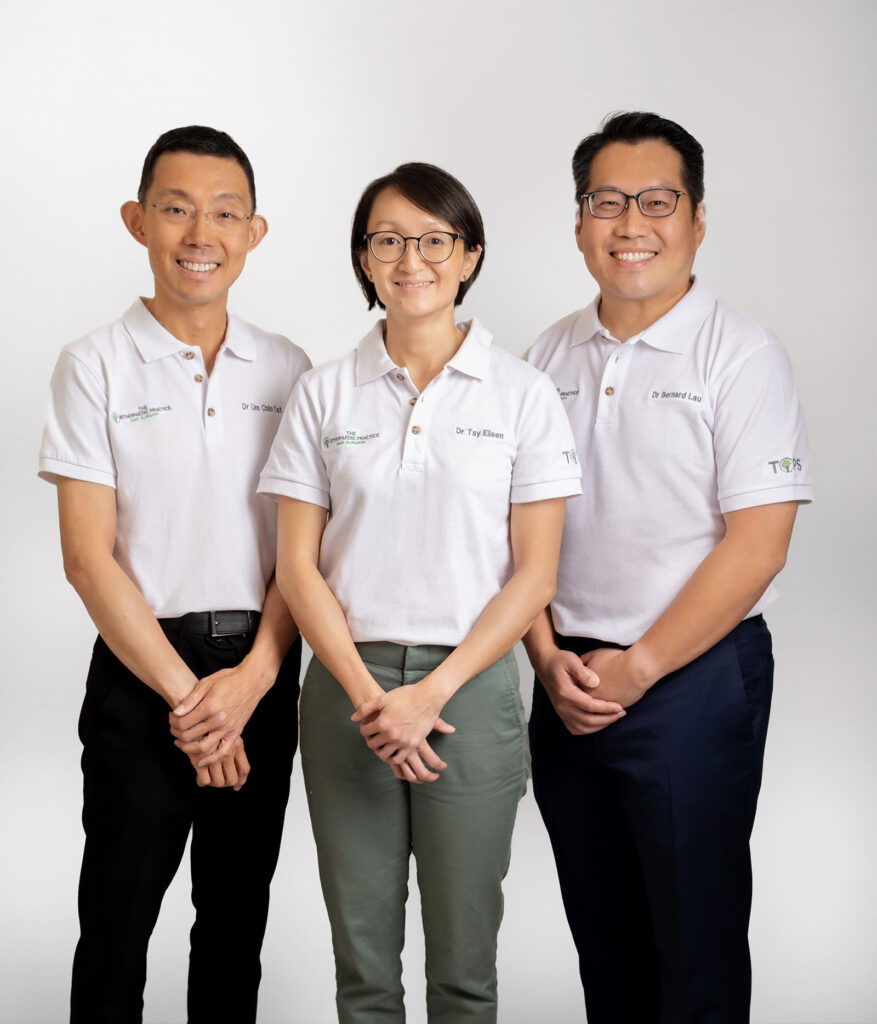Scoliosis: Causes, Symptoms, Treatment, and Prevention
What is Scoliosis?
Scoliosis is a condition that makes your spine (the backbone) curve sideways in an “S” or “C” shape instead of being straight. This can happen to people of all ages and can vary in severity.
Types of Scoliosis
There are a few types of scoliosis:
- Idiopathic Scoliosis: This is the most common type, and the cause is unknown. It often appears in teenagers during growth spurts.
- Congenital Scoliosis: This type is present at birth, and it happens because the spine doesn’t form properly in the womb.
- Neuromuscular Scoliosis: It’s linked to conditions like cerebral palsy or muscular dystrophy, where the muscles and nerves don’t work well.
- Degenerative Scoliosis: Usually occurs in older adults when the spine’s disks and joints wear out.
How Common is Scoliosis?
Scoliosis is quite common. Most cases are mild and don’t need treatment, but it’s important to get checked by a doctor if you suspect scoliosis, as early detection can make it easier to manage.
Causes of Scoliosis
Scoliosis can result from various causes, and the exact reason remains unknown in many cases. Here are some of the known causes of scoliosis:
- Idiopathic: This is the most common form of scoliosis, and its cause is unclear. It often appears during a child’s growth spurt.
- Congenital: Some individuals are born with abnormal spinal bones that cause curvature. This type is present at birth.
- Neuromuscular: Conditions like cerebral palsy or muscular dystrophy can affect the muscles and nerves, leading to scoliosis.
- Degenerative: The spine can develop scoliosis in older adults due to the wear and tear of spinal disks and joints.
- Neuropathic: This rare form of scoliosis is associated with certain neurological conditions, like tumours or injuries to the spinal cord.
- Syndromic: Scoliosis can be a part of certain genetic syndromes, such as Marfan syndrome or Ehlers-Danlos syndrome.
- Functional: This type is not caused by a structural problem in the spine but may be due to issues in other parts of the body, like muscle imbalances or leg length discrepancies.
Symptoms of Scoliosis
Scoliosis often develops gradually, and in its early stages, it may not cause noticeable symptoms. However, as the condition progresses, especially in more severe cases, the following symptoms may become apparent:
- Spinal Curve: The most obvious sign is an abnormal sideways curvature of the spine, forming an “S” or “C” shape when viewed from behind. This can lead to an uneven shoulder, hip, or waistline.
- Uneven Shoulders: One shoulder may appear higher or more prominent than the other.
- Uneven Hips: The pelvis may be tilted or uneven, causing one hip to stick out more than the other.
- Asymmetrical Back: When bending forward, the ribs or shoulder blades might protrude on one side more than the other.
- Back Pain: Some individuals with scoliosis experience back pain, particularly if the curve becomes more severe or if the condition affects the lower back.
- Muscle Imbalance: Scoliosis can lead to muscle imbalances on either side of the spine, which may cause discomfort or fatigue.
- Limited Mobility: In severe cases, scoliosis can restrict the movement of the ribcage, making it harder to breathe deeply.
Diagnosis of Scoliosis
Diagnosing scoliosis typically involves a series of steps and assessments by healthcare professionals. Here’s how scoliosis is diagnosed:
- Physical Examination: An orthopaedic specialist, often a paediatrician, orthopaedic surgeon, or spine specialist, will perform a physical examination. During this examination, they may ask the individual to bend forward at the waist to check for any asymmetry, abnormal curvature, or other physical signs.
- Family History: The doctor may inquire about the individual’s family history to determine if scoliosis has a genetic component, as it can run in families.
- Imaging Studies: X-rays are usually ordered to confirm the diagnosis and assess the severity of scoliosis. These images allow the orthopaedic specialist to measure the angle of the spinal curvature, known as the Cobb angle. A larger Cobb angle indicates a more severe curve.
- Additional Tests: In some cases, additional imaging tests like MRI (Magnetic Resonance Imaging) or CT (Computed Tomography) scans may be necessary to evaluate the spine, especially if there are concerns about the spinal cord or other associated conditions.
- Monitoring: If scoliosis is detected but not severe, the doctor may recommend regular monitoring to track the curve’s progression, especially in children and adolescents who are still growing.
- Classification: Scoliosis is classified into different types based on its cause, location, and other factors, which can help guide treatment decisions.
- Treatment Planning: Depending on the severity and type of scoliosis, the orthopaedic specialist will develop an appropriate treatment plan. This may involve observation, bracing, physical therapy, or surgery in more severe cases.
Complications of Scoliosis
While scoliosis itself is primarily a structural condition involving the abnormal curvature of the spine, it can lead to several complications, particularly when left untreated or when severe. Here are some of the potential complications associated with scoliosis:
- Pain and Discomfort: Scoliosis can cause back pain and discomfort, especially when the curvature is significant. This discomfort may worsen over time and affect an individual’s quality of life.
- Limited Lung Function: Severe spinal curves can restrict the space within the chest cavity, potentially reducing lung capacity. This may lead to breathing difficulties and respiratory issues.
- Cardiovascular Problems: Sometimes, especially when the spine twists or compresses the ribcage, scoliosis can pressure the heart, affecting its function and leading to cardiovascular problems.
- Self-Esteem and Body Image: Scoliosis-related changes in posture and physical appearance can lead to self-esteem issues and concerns about body image, particularly in adolescents.
- Neurological Complications: In rare cases, severe scoliosis can pressure the spinal cord or nerves, leading to neurological symptoms such as weakness, numbness, or loss of bladder or bowel control.
- Progression of the Curve: Without intervention, scoliosis can worsen over time, potentially leading to more severe health complications and the need for more invasive treatments.
- Pulmonary Issues: Severe thoracic (upper back) scoliosis can result in thoracic insufficiency syndrome, affecting lung development and function, especially in children.
- Surgical Risks: If scoliosis surgery is necessary, it comes with its own set of potential complications, including infection, hardware problems, and the need for additional surgeries.
Treatment Options for Scoliosis
The choice of treatment for scoliosis depends on the severity of the spinal curvature, the age of the individual, and other factors. Here are common treatment options for scoliosis:
Observation
The choice of treatment for scoliosis depends on the severity of the spinal curvature, the age of the individual, and other factors. Here are common treatment options for scoliosis:
- Monitoring: In mild cases, especially for children who are still growing, the orthopaedic specialist may recommend regular monitoring to track the curve’s progression.
Bracing
- Orthotic Braces: Bracing is often used for moderate scoliosis in adolescents. These specialised braces are designed to slow or stop the curve’s progression during growth.
Physical Therapy
- Exercise Programs: Physical therapy and tailored exercise programs can help improve posture, flexibility, and muscle strength. While it may not reverse the curve, it can alleviate pain and improve function.
Pain Management
- Medication: Over-the-counter or prescription pain medications may be recommended to manage discomfort and pain associated with scoliosis.
Surgery
- Spinal Fusion: Spinal fusion surgery may be necessary for severe or rapidly progressing scoliosis. This involves fusing two or more vertebrae to correct the curve. Metal rods and screws hold the spine in the correct position.
Non-Surgical Alternatives
- Growing Rods: In some cases, particularly for children with early-onset scoliosis, growing rods can be implanted to support the spine as the child grows. These rods are lengthened as the child’s spine lengthens.
- Vertebral Body Tethering: A newer, less invasive surgical procedure that corrects scoliosis by attaching a flexible cord to the spine to guide its growth.
Chiropractic Care and Other Complementary Therapies
Some individuals explore alternative treatments like chiropractic care, acupuncture, or yoga for symptom relief. However, these approaches should be discussed with an orthopaedic specialist to ensure safety and effectiveness.
Preventing Scoliosis
Scoliosis is primarily a structural condition that can have various causes, and in many cases, it cannot be entirely prevented. However, there are some general guidelines and practices that may help reduce the risk of scoliosis or detect it early:
- Schedule routine check-ups with an orthopaedic specialist, especially for adolescents, to detect scoliosis early.
- Encourage participation in school and community-based adolescent scoliosis screening programs.
- Promote proper posture habits to support spinal health.
- Encourage physical activity for core strength and overall musculoskeletal health.
- Ensure the correct use of backpacks with both shoulder straps to avoid back strain.
- Create ergonomic work and study environments to reduce strain on the back and neck. If scoliosis is detected, follow the recommended treatment plan for early management.
- Consider genetic counselling for individuals with a family history of scoliosis to assess risk and preventive measures.
Living with Scoliosis
Living with scoliosis involves managing the condition to ensure the best possible quality of life. Here are some key aspects of life with scoliosis:
- Regular check-ups with orthopaedic specialists, including orthopaedic specialists, are crucial. They can monitor the condition, assess its progression, and recommend appropriate treatments or interventions.
- Engage in exercises and physical therapy programs designed to strengthen the core muscles, improve flexibility, and manage pain associated with scoliosis. Consult with a physical therapist for a tailored plan.
- If scoliosis causes discomfort, explore pain management options under the guidance of an orthopaedic specialist, which may include medications or alternative therapies.
- If prescribed, wear orthotic braces as recommended to help control the curve’s progression, especially for adolescents with moderate scoliosis.
- Use ergonomic furniture and maintain good posture to minimise strain on the back and neck.
- Discuss surgical options with an orthopaedic specialist if the curvature becomes severe. Understand the risks, benefits, and recovery process.
- Make healthy choices, including maintaining a balanced diet, staying active, and avoiding activities that may worsen the condition.
- Stay informed about scoliosis, its treatment options, and available support networks. Be an advocate for your health and seek second opinions if needed.
- Communicate with schools and teachers to ensure appropriate accommodations are made for children with scoliosis.
When it comes to conditions like scoliosis, it’s vital not to ignore your health. Seeking professional advice and early intervention can make a significant difference in managing and improving your quality of life.
If you suspect scoliosis or need expert guidance, we strongly recommend taking action today. Request an appointment with The Orthopaedic Practice and Surgery Clinic to receive personalised care and support for your scoliosis journey. Your health and well-being are worth the attention and care they deserve.



